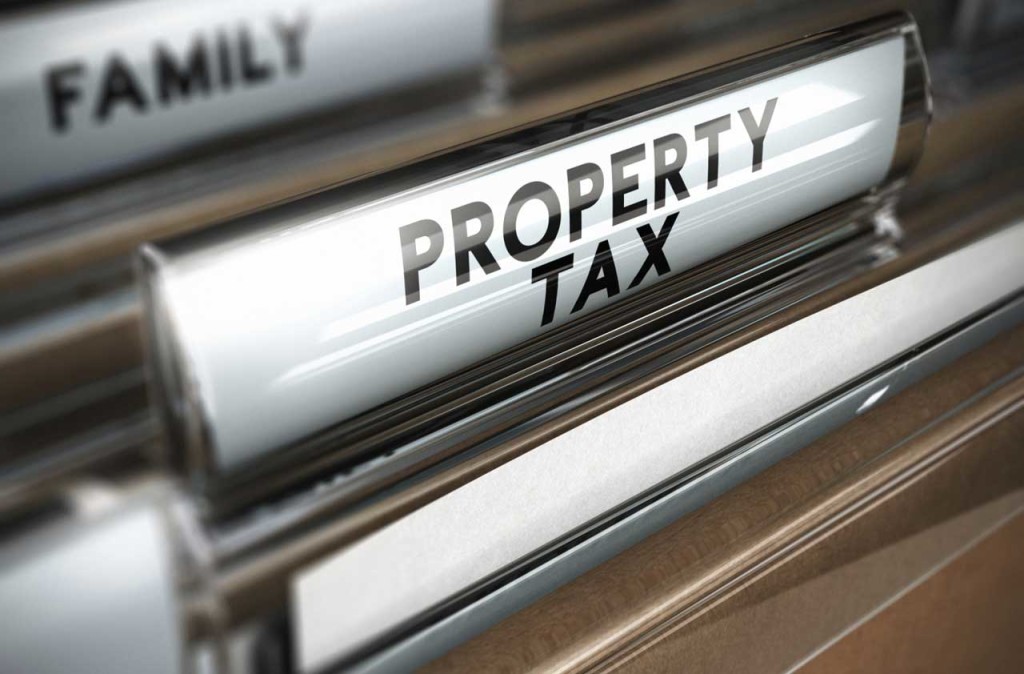 You might not think too hard about your real estate assessment, the dollar value the local government puts on your property value (house and land). You should as the assessment is the determining factor in how much you pay on property taxes.
You might not think too hard about your real estate assessment, the dollar value the local government puts on your property value (house and land). You should as the assessment is the determining factor in how much you pay on property taxes.
If you have a mortgage, your home lender is probably paying your property taxes out of an escrow account. As such many homeowners aren’t aware of exactly how much gets collected. Devote 15 minutes of your time to becoming better informed. Once you understand your real estate assessment, you’ll understand your property tax bill—and, more importantly, whether you’re paying the right amount.
Homeowners and property taxes
Your local government needs every dime it can collect to pay for all of the services you expect as a resident: schools, libraries, hospitals, and so on. A healthy chunk of that revenue is raised from homeowners via property taxes. In normal times real estate values climb steadily, allowing local governments to take in a little more every year to keep up with inflation and perhaps even add a few services. Property tax bills usually come due twice a year.
The situation gets stickier when real estate values are in decline. If that occurs, local governments generate less revenue from property taxes, meaning the tax rate needs to go up, the money needs to come from somewhere else, or spending on services needs to go down. For example during the housing downturn of 2008 a survey conducted by the National Association of Counties reported 62% of counties polled indicated declining property taxes were a major source of revenue shortfalls. Forty-two percent of counties had to cut services, and 11% had to raise property taxes.
Assess your real estate assessment
No matter if property values are rising, falling, or stagnant, you need to understand how you’re being taxed. Everything starts with your real estate assessment letter, which reveals what your property is judged by the local government to be worth. The letter will differ, depending where you live, but most will have a legal description of your house and separate values for the land and the structure. Add those two numbers together to get your home’s assessed value. If you haven’t received a copy of this letter, or if you simply misplaced it you can also find this information on your county auditor’s site.
Some local governments will appraise your home every few year. Tax assessors generally use one of two methods to come up with an assessment value for your home. The most common relies on looking at recent sales of comparable homes. Keep in mind that “recent” is a relative term. To come up with a real estate assessment, assessors may be looking at sales that occurred as long as 18 months prior. Alternatively, especially in the absence of recent sales data, assessors will calculate the cost to rebuild your home, and add that to the estimated worth of your land to come up with a dollar amount.
Break out the calculator
How much you pay in property taxes is based on your real estate assessment. Put simply, your home’s assessed value is multiplied by the local tax rate to come up with a figure. However, it can become more complicated if there are multiple taxing authorities where you live—a city and a county, for example—or if there are special one-time assessments. Qualifying for property tax exemptions, perhaps due to age or disability, will also alter the formula. Some local governments offer online calculators on their websites, or call the tax assessor’s office for help.
If you want to run the numbers for yourself, don’t be intimidated by how your tax rate is expressed. Sometimes it’ll take the form of a percentage, say 1.5%, or perhaps a decimal, 0.015. Both equal the same thing. So the owner of a home that’s assessed at $100,000 would owe $1,500 a year in property taxes. Other times it’ll be expressed as an amount per $100 or $1,000 of home value. In the case of a 1.5% tax rate that would mean $1.50 per $100 or $15 per $1,000. Regardless, the math doesn’t change: Multiply $100,000 by 0.015.
Knowledge is power—and savings
Assessors have a lot of ground to cover. Many rely on valuation formulas that assess whole streets or neighborhoods. Most haven’t seen your house in person, so don’t wait for a knock on your door from an assessor hoping to take a look around. That’s why you need to read your real estate assessment letter carefully, look for errors, and challenge your assessment if it seems too high.
If you find a way to reduce your real estate assessment, whether by contesting it or qualifying for an exemption, the savings can add up. The median annual property tax paid in the U.S. in 2008 was $1,897, or 0.96% of the median home value of $197,600. Trimming just 15% off the median value would result in savings of about $285. Of course, if your home value and local tax rate are higher, then you’re looking at even greater savings.
If you, or someone you know is considering Buying or Selling a Home in Columbus, Ohio please contact The Opland Group. We offer professional real estate advice and look forward to helping you achieve your real estate goals!
The Opland Group Specializes in Real Estate Sales, Luxury Home Sales, Short Sales in; Bexley 43209 Columbus 43201 43206 43214 43215 Delaware 43015 Dublin 43016 43017 Gahanna 43219 43230 Grandview Heights 43212 Hilliard 43026 Lewis Center 43035 Marysville 43040 43041 New Albany 43054 Pickerington 43147 Powell 43065 Upper Arlington 43220 43221 Westerville 43081 43082 Worthington 43235



